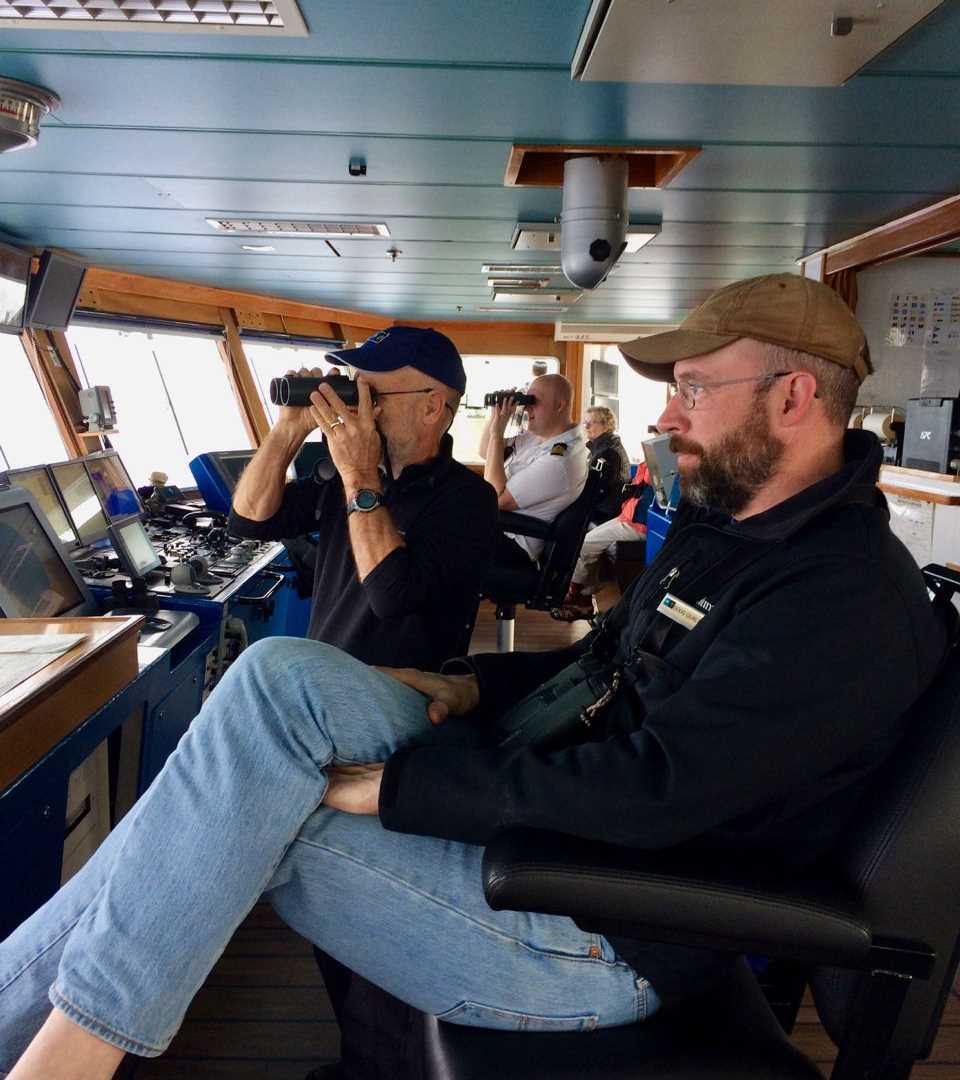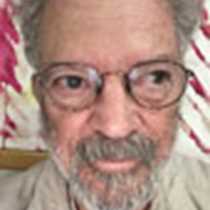After almost two days in the Falkland Islands we begin our run to South Georgia. It will take a bit over two days for us to make the crossing… not a tremendous distance at about 15 mph, but a big difference climatically. The Falkland Islands has 171 species of native plants and South Georgia has only 24½. The ½ species is what I consider their endemic hybrid. Whereas the Falkland Islands are all long, more or less flat hills and low mountains, South Georgia is all sharp peaks poking out of permanent snowfields and glaciers. Well, that is not today, South Georgia, but rather the day after tomorrow. However, between now and tomorrow we will cross the Polar Front, also known the Antarctic Convergence.
It is interesting to note that the Arctic is body of water, influenced by land and the Antarctic is land influenced by a body of water. This is a good part of the reason that Antarctica has a harsher climate than the Arctic, it is isolated from the warmth of lower latitudes. Antarctica is neatly, almost centered on the South Pole and the waters of the Southern Ocean moves away from the continent being replaced by deeper water near the coast. This cold, surface water moves northward until it encounters warmer water. Here the waters clash, mix and sink. This sinking, this convergence, concentrates planktonic organisms in a line that encircles the Southern Ocean. This is a complete, but not perfectly shaped circle. It has a significant bulge, just east of the Antarctic Peninsula and the cold Southern Ocean engulfs South Georgia and separates it from the Falkland Islands. Sometimes the line of the Convergence is sharp and in a matter of a few hours the water temperature will change by 5 to 8 degrees Fahrenheit. At other times or places, the line is blurry and the crossing takes longer. It is not just the water that changes but also the air above it as we encounter the Polar Front, sometimes mark by a line of fog.
So, why do I mention all of this? It is part of at least some people’s mission on this voyage, to come to a unique place to find a rare killer whale, a race known to hunt in the zone of Convergence with its concentrated plankton and it grazers and hunters. On board we have two NOAA researchers, Bob Pittman and Jared Towers. Bob has traveled with us before, using our ships as research platforms. Both Bob and Jared are fixtures on the Bridge scanning the seas for blow or fluke marking the presence of whales, and if they are diligent and if they are lucky, we will encounter the Type D killer whale and who knows what will happen then!







